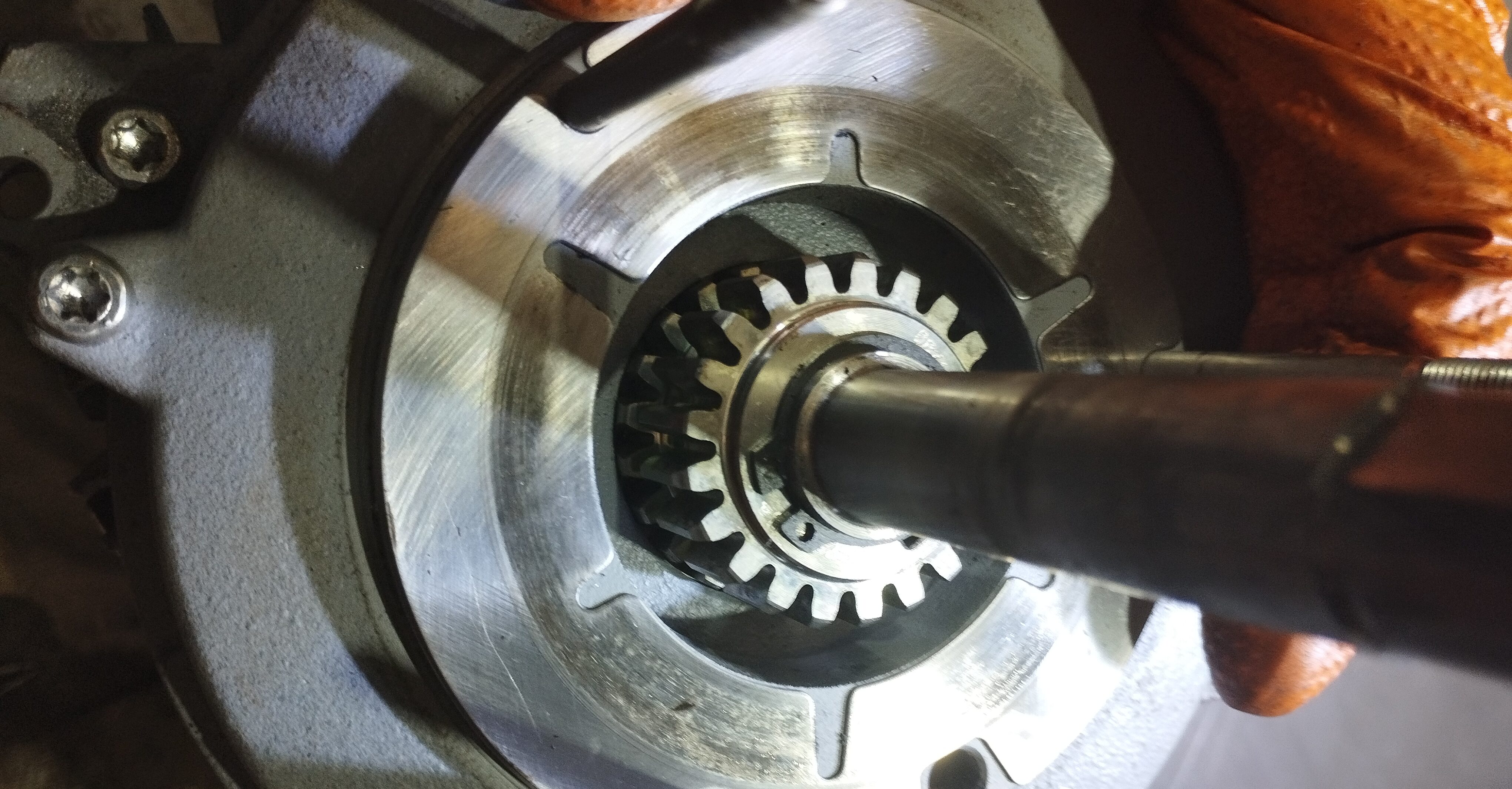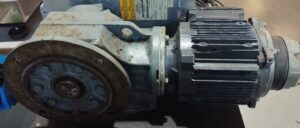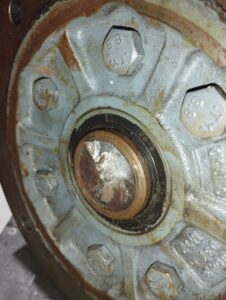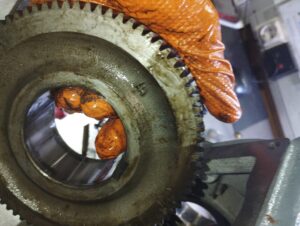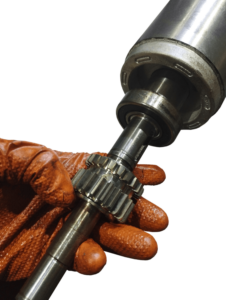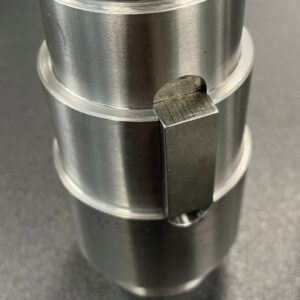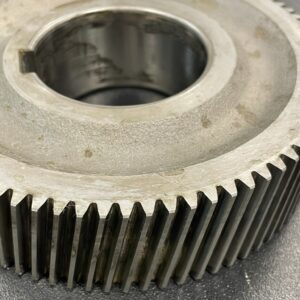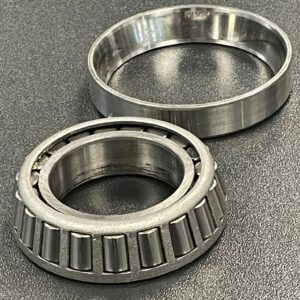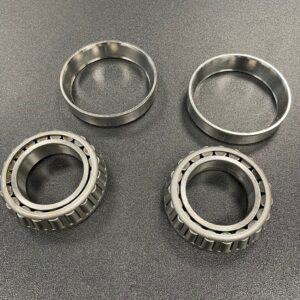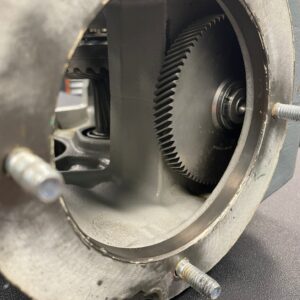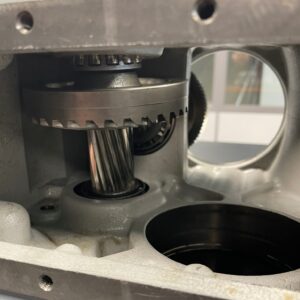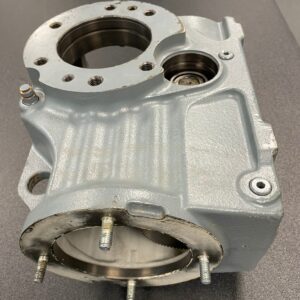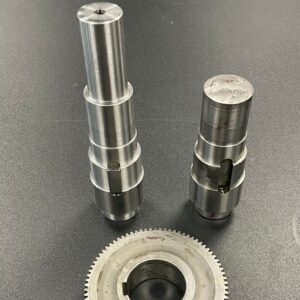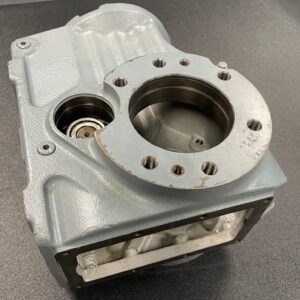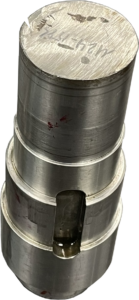
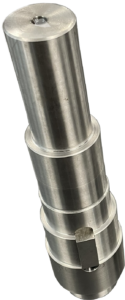 A broken servo motor shaft is a real drama. Not only because of the breakage itself, but also because of everything that goes with it: delays, stoppages, costs… and above all because of the time it takes to resolve the situation and get the machine back into full production.
A broken servo motor shaft is a real drama. Not only because of the breakage itself, but also because of everything that goes with it: delays, stoppages, costs… and above all because of the time it takes to resolve the situation and get the machine back into full production.
Causes, tips and a real case in a workshop.
When a team arrives at our workshop with a broken servo motor shaft, the question is always the same: how did this happen? A broken servomotor shaft is not a common failure, but it is a serious one and can bring an entire production line to a standstill. The important thing is to detect it in time, rectify the cause and ensure that it does not happen again.
In the picture you can see the broken shaft as it arrived and on the other side the final reconstruction before reassembly.
At GDM, we not only repair the damage, we also look for the cause to prevent future breakdowns. And as we will see in this article, there are several reasons why a breakdown can occur. In any case, a good preventive maintenance plan is a very good policy to avoid this fatal situation.
Common causes of servomotor shaft splitting.
The shaft of a servo motor does not break by accident. There is always a mechanical cause, an incorrect assembly or an environment that is too harsh for the equipment. We will not go into detail here, but we will list the most common cases. These are the most common causes:
- Misalignment with load
- Misalignment puts unnecessary stress on the shaft, which eventually fatigues.
- Couplings that are too stiff
- If the coupling does not absorb vibrations or misalignments, it will transmit them to the shaft.
- Overloads and torque peaks
- When the motor operates outside its limits, the shaft is subjected to excessive torsion.
- Constant vibrations
- Repeated vibrations cause small cracks that eventually break.
- Forced installation or installation on uneven surfaces
- If the motor is installed incorrectly, internal stresses are created which weaken the structure.
- Damaged bearings
- A damaged bearing disturbs the balance of the shaft and causes premature wear.
- Harsh environment
- Dust, moisture or chemicals directly affect the shaft materials.
- Repairs without professional warranty
- Poorly machined shafts or shafts made from inferior materials will not withstand the rigours of real work.

 Tips to avoid a broken shaft in your servomotor.
Tips to avoid a broken shaft in your servomotor.
As we have already mentioned, the preventive maintenance plan is the best weapon in the fight against breakdowns and therefore against downtime. Although there is no magic formula, following some key recommendations can significantly extend the life of the axle:
- Accurate alignment: Use specific tools to properly align motor and load.
- Proper couplings: Choose flexible models or compensators that absorb misalignment.
- Avoid excessive loads: Set system parameters to allow the motor to operate within its range.
- Monitor vibrations: Use sensors or regular inspections to detect abnormal vibrations.
- Mount correctly: Always mount on flat surfaces and do not use force.
- Clean and controlled environments: If this is not possible, protect the equipment with enclosures or filters.
- Regular maintenance: Don’t wait until the shaft breaks. Preventive checks will avoid surprises.
- Rely on specialist technicians: A qualified workshop can detect faults before they occur.
Case study: Repairing a servo motor with a broken shaft.
One of the most recent cases to come into our workshop was a SEW servomotor model KF67DRE90M4BE1HF/TF/AS7W with a completely broken shaft. The equipment integrates the motor and gearbox in the same block, which required a complete overhaul.
These were the tasks undertaken by the GDM team. As always, the first step was to check the state of the breakdown and the condition of the equipment:
- Testing of windings, insulation, encoders, probes, electric brakes and mechanical parts.
- Torque and magnetism testing.
- Verification of covers and data acquisition.
- And these are the maintenance and final checks we carry out:
- Replacement of motor and gearbox bearings, oil and seals.
- Manufacture of a new, fully machined shaft.
- Repair, cleaning, adjustment and grinding of brakes.
- Final test on the test bench.
- Cleaning, sanding and painting to deliver equipment as good as new.
In the pictures you can see details of the transmission. Also the bearings, axle and wheels.
This servomotor was returned to service with full warranty thanks to a thorough and professional intervention.
👉 Has this happened to you?
At GDM we repair what others throw away. Fill in the contact form and we will offer you a solution tailored to your case.

